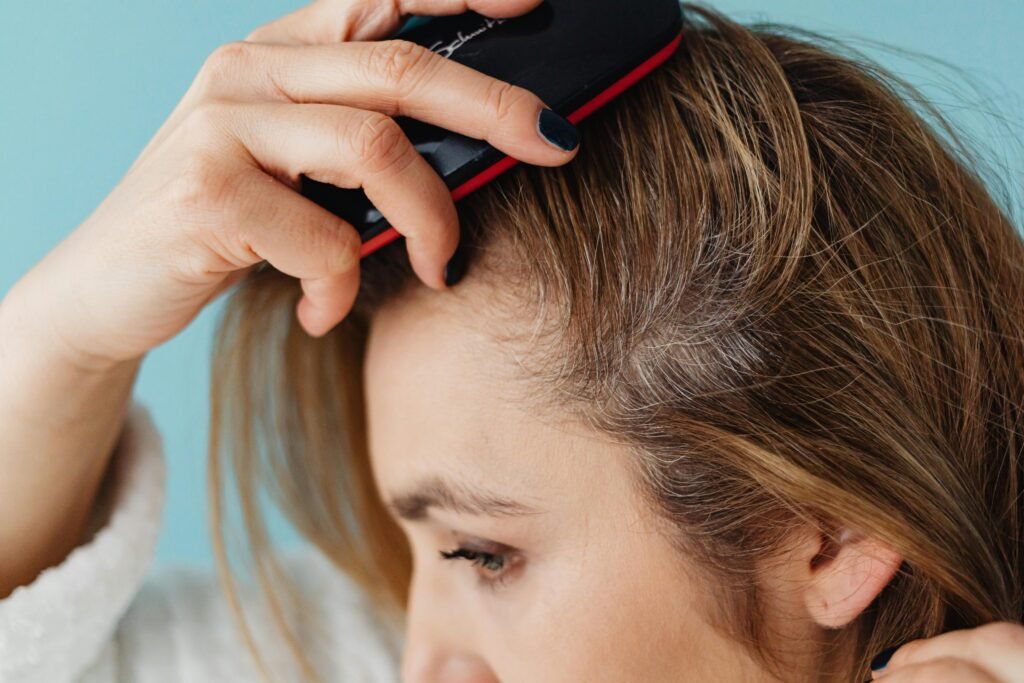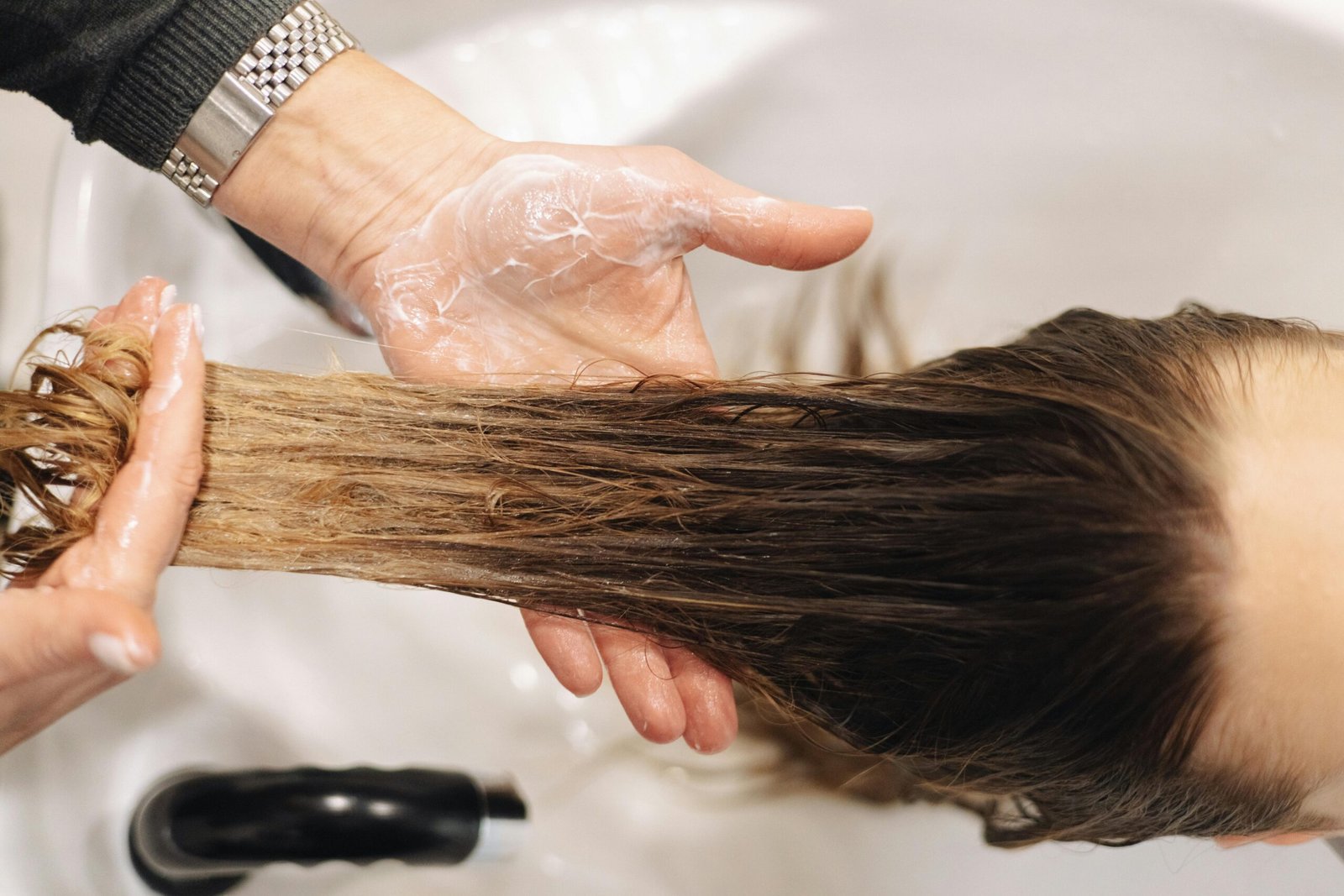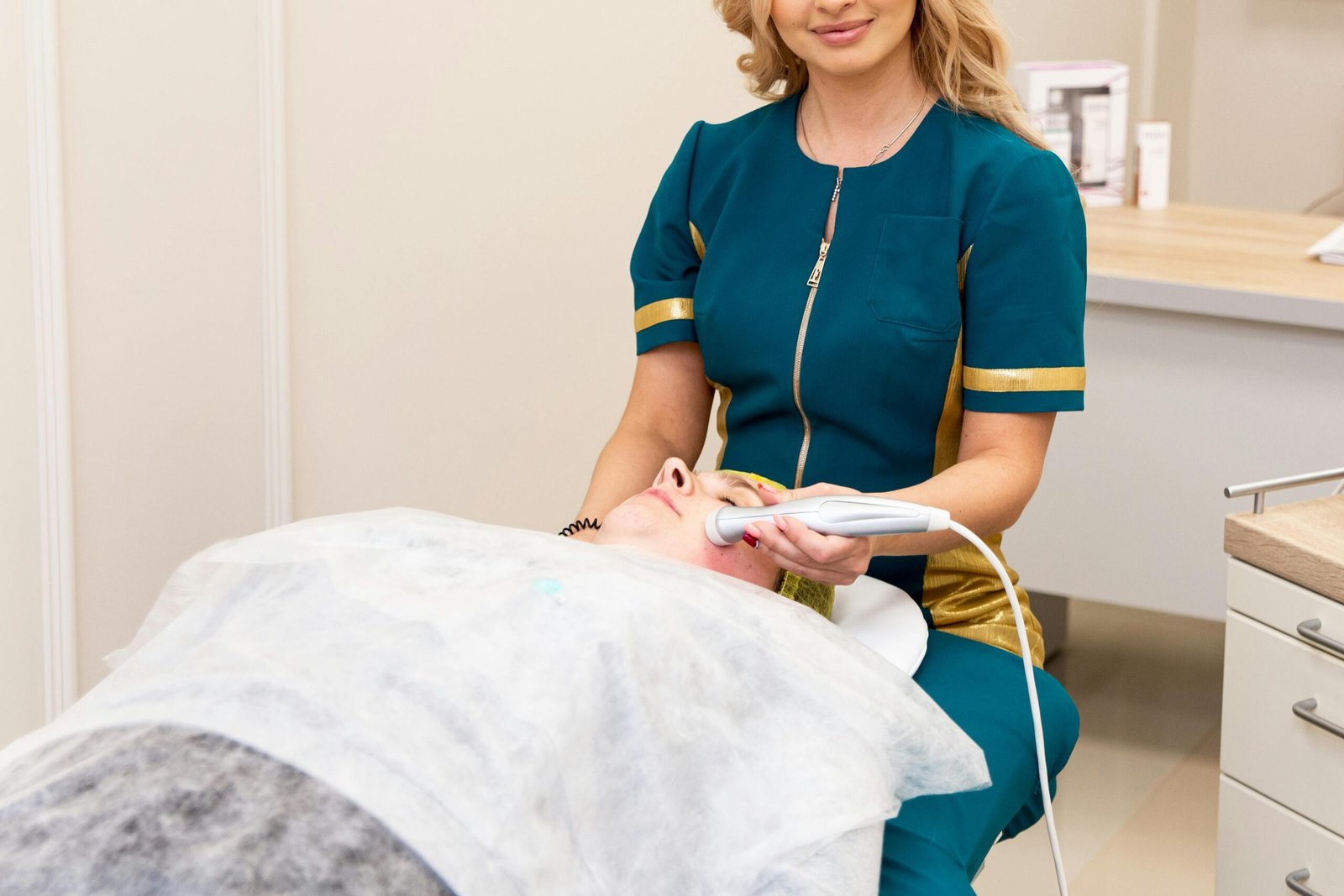Scalp Care: Ultimate Guide to Anti‑Dandruff Shampoos

Introduction
A healthy scalp is the cornerstone of lustrous, strong hair. Yet dandruff—the flaking, itching, and irritation caused by excess scalp oil, microbial imbalances, or sensitivity—affects up to 50% of adults worldwide at some point in their lives. Anti‑dandruff shampoos do more than merely wash away flakes; they combine targeted actives with soothing, conditioning ingredients to restore scalp equilibrium, reduce itching, and prevent recurrence. In this extensive 6,000+‑word guide, we deep‑dive into:
- Dandruff Science: The multifactorial causes—Malassezia yeast, sebum overproduction, barrier disruption, sensitivity.
- Active Ingredients: How zinc pyrithione, selenium sulfide, ketoconazole, coal tar, salicylic acid, and newer botanicals work.
- Formulation Considerations: pH balance, surfactant mildness, conditioning agents, fragrance and preservative profiles.
- Hair & Scalp Types: Tailoring anti‑dandruff approaches to fine, thick, curly, color‑treated, or sensitive scalps.
- Top 10 Shampoo Reviews: In‑depth analysis of leading medicated and gentle daily formulas across price tiers.
- Comparative Summary Table: Key specs—active concentration, SLES‑free status, pH, fragrance, price.
- Complementary Products: Scalp serums, exfoliating scrubs, leave‑ons, tonics and their roles.
- Application Techniques: Optimal massage, dwell time, frequency, and rinse protocols for maximum efficacy.
- Long‑Term Maintenance: Balancing medicated treatment phases with weekly scalp “resets” and moisture retention.
- Professional Treatments: In‑salon scaling, LED therapy, and prescription regimens for severe cases.
- Pro Tips & Myths: Debunking “frequency worsening dandruff” and “dry scalp versus dandruff” misconceptions.
- DIY & Natural Remedies: Evidence‑based use of tea tree oil, apple‑cider vinegar, and aloe vera adjuncts.
- FAQs & Troubleshooting: When to switch actives, manage rebound, avoid irritant contact dermatitis.
- Scalp Care Checklist: Your step‑by‑step seasonal and travel‑ready regimen.
Whether you’re battling persistent flakes or seeking preventative daily care, this definitive guide arms you with the knowledge and product intelligence to reclaim a flake‑free, comfortable scalp—and hair that radiates health from root to tip.
1. The Science of Dandruff
1.1 Malassezia Yeast and Scalp Microbiome
– Role of Malassezia: A lipophilic yeast that feeds on sebum triglycerides, producing byproducts that irritate sensitive scalps.
– Microbiome Balance: Healthy scalps harbor diverse bacterial and fungal communities; imbalance can trigger inflammation.
1.2 Sebum Overproduction & Barrier Disruption
– Sebaceous Activity: Hormonal or genetic factors drive excess oil, creating a fertile environment for Malassezia.
– Stratum Corneum Integrity: Disrupted barrier (due to harsh surfactants, over‑exfoliation, or UV damage) leads to transepidermal water loss and flaking.
1.3 Scalp Sensitivity & Inflammation
– Neurogenic Itch: Nervous system mediators like substance P amplify itch in response to microbial antigens.
– Cytokine Release: Pro‑inflammatory cytokines (IL‑1, TNF‑α) contribute to redness and pruritus.
2. Anti‑Dandruff Actives Explained
2.1 Zinc Pyrithione (1–2%)
– Mechanism: Disrupts fungal membrane transport, reduces Malassezia viability, mild anti‑bacterial effect.
– Pros/Cons: Well‑tolerated, minimal discoloration; may require higher dwell times for efficacy.
2.2 Selenium Sulfide (1–2.5%)
– Mechanism: Slows epidermal proliferation, anti‑fungal action.
– Pros/Cons: Highly effective; can discolor light hair, may leave oily residue.
2.3 Ketoconazole (1–2%)
– Mechanism: Broad‑spectrum imidazole antifungal; impairs ergosterol synthesis.
– Pros/Cons: Prescription‑strength results; occasional dryness or irritation.
2.4 Coal Tar (0.5–5%)
– Mechanism: Keratoplastic—normalizes turnover, anti‑proliferative.
– Pros/Cons: Long history; strong odor, potential phototoxicity, staining.
2.5 Salicylic Acid (1–3%)
– Mechanism: Keratolytic—exfoliates scale, unclogs follicles.
– Pros/Cons: Flake removal; may overly dry if unbalanced with conditioning.
2.6 Botanical & Novel Actives
– Tea Tree Oil (2–5%): Mild anti‑fungal, anti‑inflammatory; risk of sensitization.
– Piroctone Olamine: Similar to zinc pyrithione, often in natural brands.
– Probiotic Lysates & Prebiotics: Emerging; aim to restore microbiome balance.
3. Formulation Fundamentals
3.1 Surfactants & pH
– Mild Surfactants: Sodium Coco‑Sulphate vs. SLES/SLS; amphoteric alternatives (cocamidopropyl betaine) for gentler cleansing.
– Optimal pH: Scalp’s acid mantle ~4.5–5.5; maintain this range to protect barrier and microbiome.
3.2 Conditioning & Humectants
– Dimethicone & Cyclomethicone: Lightweight silicones for slip and moisture seal.
– Glycerin & Panthenol: Humectants that hydrate and soothe.
3.3 Fragrance, Preservatives & Sensitizers
– Fragrance: Can exacerbate sensitive scalps; fragrance‑free or naturally scented formulas recommended.
– Preservatives: Parabens, phenoxyethanol, or natural alternatives; key for product safety versus irritation risk.
4. Matching Shampoos to Scalp & Hair Types
4.1 Fine, Oily Hair
– Recommendation: Clear, gel‑type anti‑dandruff formulas with salicylic acid or zinc pyrithione; avoid heavy silicones.
4.2 Thick, Curly or Coily Hair
– Recommendation: Cream‑based shampoos with ketoconazole or coal tar, rich in oils and glycerin to prevent dryness.
4.3 Dry, Sensitive Scalp
– Recommendation: Lower‑concentration actives (1% ketoconazole), added shea butter, oat extract, fragrance‑free.
4.4 Color‑Treated Hair
– Recommendation: pH‑balanced, low‑residue formulas; avoid coal tar and higher‑strength selenium sulfide.
5. Top 10 Anti‑Dandruff Shampoos Reviewed
- Head & Shoulders Clinical Strength (1% Selenium Sulfide)
– Coverage: Severe dandruff.
– Key Features: Fast‑acting, anti‑proliferative, gentle fragrance.
– Verdict: Excellent for stubborn, thick scales; rinse thoroughly. - Nizoral A‑D (1% Ketoconazole)
– Coverage: Moderate to severe.
– Features: Two‑minute dwell time, broad antifungal.
– Verdict: Gold‑standard; use twice weekly for maintenance. - Neutrogena T/Gel Therapeutic (Coal Tar 0.5%)
– For plaques and psoriasis.
– Features: Scalp relief, keratoplastic.
– Verdict: Powerful but strong odor; best for scalp‑only application. - Paul Mitchell Tea Tree Special Shampoo
– Coverage: Mild flaking.
– Features: Tea tree, peppermint, lavender oils.
– Verdict: Refreshing; risk of sensitization in very sensitive scalps. - The Body Shop Ginger Scalp Care Shampoo
– Coverage: Mild to moderate.
– Features: Ginger extract, birch bark oil.
– Verdict: Good natural option for daily use. - Dove Dermacare Scalp Anti‑Dandruff (1% Pyrithione Zinc)
– Coverage: Moderate dandruff.
– Features: Nutri‑Oil Complex, silicone‑free.
– Verdict: Solid everyday choice with conditioning benefits. - Kérastase Specifique Bain Anti‑Pelliculaire
– Coverage: Severe flaking.
– Features: Zinc gluconate, gentle surfactants.
– Verdict: Salon‑grade luxury, high price point. - Bioderma Nodé DS+ Shampoo
– Coverage: Severe, inflamed scalp.
– Features: Zinc pyrithione, LHA micro‑exfoliant.
– Verdict: Excellent for sensitive, reactive scalps. - Redken Scalp Relief Dandruff Control (1% Pyrithione Zinc)
– Coverage: Moderate.
– Features: Pyrithione zinc, nourishing lipids.
– Verdict: Balanced cleansing and conditioning. - Briogeo Scalp Revival Charcoal + Tea Tree (Natural)
– Coverage: Mild flaking.
– Features: Charcoal, tea tree, witch hazel.
– Verdict: Great clean label, less potency for severe cases.
Each shampoo is evaluated on efficacy, scalp feel, hair manageability, fragrance, and price.
6. Comparative Summary Table
| Shampoo | Active Ingredient | Hair Type | pH | Sulfate Status | Price Range |
|---|---|---|---|---|---|
| H&S Clinical Strength | Selenium Sulfide 1% | All | 5.5 | SLES | $8–$10 |
| Nizoral A‑D | Ketoconazole 1% | All | 6.0 | SLES | $15–$20 |
| Neutrogena T/Gel | Coal Tar 0.5% | Thick/psoriasis | 5.8 | SLS | $10–$12 |
| PM Tea Tree Special | Tea Tree Oil | Mild flake | 5.0 | SLES | $18–$22 |
| Dove Dermacare | Zinc Pyrithione 1% | Normal/dry | 5.5 | SLES-free | $6–$8 |
| Bioderma Nodé DS+ | Zinc Pyrithione + LHA | Sensitive | 5.2 | Mild SLES | $25–$30 |
| Kérastase Specifique | Zinc Gluconate | Luxury | 5.4 | SLES-free | $40–$45 |
| Redken Scalp Relief | Zinc Pyrithione 1% | Dry/damaged | 5.6 | SLES | $20–$24 |
| The Body Shop Ginger | Birch Bark Oil | Mild | 5.3 | SLES-free | $12–$15 |
| Briogeo Scalp Revival | Charcoal/Tea Tree | Natural-focused | 5.1 | Sulfate-free | $36–$40 |
7. Complementary Scalp Treatments
- Exfoliating scrubs (salicylic acid masks) once weekly.
- Leave‑on tonics with niacinamide and panthenol.
- Overnight overnight scalp oils (jojoba, rosemary) for hydration and antimicrobial benefits.
- LED red‑light therapy devices to reduce inflammation.
8. Application Best Practices
- Pre‑Rinse: Wet hair thoroughly to open cuticles.
- Massage: Gently work shampoo into scalp for 2–3 minutes to activate actives.
- Dwell Time: Let sit 3–5 minutes, or per product instructions, before rinsing.
- Rinse Thoroughly: Ensure no residue remains to avoid irritation.
- Follow‑Up: Condition lengths only, avoid scalp.
- Frequency: Use medicated shampoo 2–3 times weekly; alternate with gentle cleanser.
9. Long‑Term Maintenance
- Rotate actives monthly (e.g., ketoconazole week 1–2, zinc pyrithione week 3–4).
- Weekly exfoliation to remove dead skin buildup.
- Hydrating mask mid‑month to restore barrier lipids.
- Seasonal adjustment: more frequent in humid summer, richer treatments in dry winter.
10. Professional & Prescription Options
- In‑Salon Scalp Scaling: Manual removal of thick plaques.
- Prescription Shampoos: Ciclopirox 1.8%, clobetasol propionate for severe dermatitis.
- Scalp Microbiome Analysis: Emerging service to tailor treatments.
11. Pro Tips & Myths
- Myth: Daily shampooing worsens dandruff. Reality: Proper actives work best with consistent use.
- Tip: Always apply medicated shampoo to dry scalp first, lather, then wet hair—maximizes contact.
- Myth: Natural remedies cure all scalps. Reality: Moderate adjunct benefits; severe cases need medicated actives.
12. FAQs
Q1: Why won’t my dandruff clear despite using anti‑dandruff shampoo?
A: You may need stronger actives, longer dwell times, or rotation of formulations to avoid resistance.
Q2: Can overuse of medicated shampoos damage my hair?
A: Excessive use can strip oils; follow recommended frequency and balance with conditioning.
Q3: Is it safe to use multiple actives simultaneously?
A: Rotate weekly rather than mixing in one wash to minimize irritation.
Q4: How quickly should I see improvement?
A: Mild cases improve within 2–3 weeks; severe cases may take 6–8 weeks of consistent treatment.
Q5: Are anti‑dandruff shampoos safe during pregnancy?
A: Zinc pyrithione and ketoconazole are generally regarded as low‑risk but consult your healthcare provider.
13. Scalp Care Checklist
- Identify your primary scalp concern (oil, flakes, sensitivity).
- Choose a medicated shampoo with the appropriate active.
- Stock complementary scalp scrub and leave‑on tonic.
- Follow best‑practice application steps and dwell times.
- Rotate actives monthly and adjust for seasons.
- Monitor scalp response; switch formulas if irritation arises.
- Consult a dermatologist for persistent or severe dermatitis.
- Incorporate scalp soothing leave‑in serums after washes.
- Maintain balanced diet rich in zinc and omega‑3 fatty acids.
- Track progress with photos and itch/scratch diary.
Conclusion
Dandruff and scalp irritation can undermine confidence and hair health if left unaddressed. By understanding the underlying causes, selecting the right active ingredients, and following targeted application and maintenance protocols, you can restore scalp balance, banish flakes, and support strong, vibrant hair growth. Whether you choose a potent clinical strength selenium sulfide formula, a gentle zinc pyrithione daily shampoo, or a natural‑focused botanical blend, the key lies in consistency, proper technique, and adapting to your unique scalp type. Armed with this definitive guide, you’re now equipped to curate a scalp care routine that delivers lasting relief and sets the stage for your healthiest head of hair yet.





